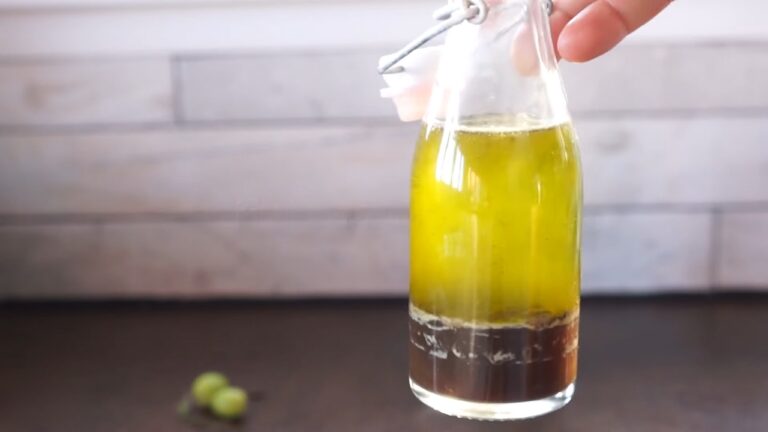Olive oil, with its rich history, health benefits, and culinary versatility, has been a staple in kitchens and dining tables around the globe for centuries. Whether you’re a culinary enthusiast, a health-conscious individual, or simply someone curious about the process of making this golden elixir, this guide is tailored for you.
Making olive oil may seem daunting at first, but with the right knowledge and a touch of patience, it can be a rewarding experience. Let’s embark on this journey together, from the grove to your table.
Understanding Olive Varieties
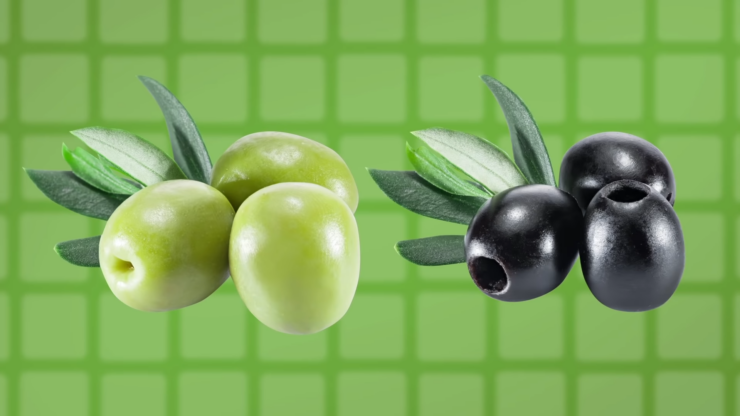
Before diving into the olive oil-making process, it’s crucial to understand that not all olives are created equal. The variety of olive plays a significant role in the flavor, color, and aroma of the oil produced.
Some popular varieties for oil production include Arbequina, Koroneiki, and Picual, each bringing its unique characteristics to the table. Selecting the right variety is the first step in crafting a high-quality olive oil. Learn more about olive varieties at https://morocco-gold.com/.
Harvesting: Timing is Everything
The harvesting phase is critical in olive oil production. The timing of the harvest can significantly impact the oil’s flavor and quality. Olives harvested early in the season, often while still green, produce oil that is fresher, more bitter, and pungent.
In contrast, olives picked later, when fully ripe, yield a milder, smoother oil. The method of harvesting also plays a role, with hand-picking being gentler on the olives and trees but more labor-intensive.
The Art of Crushing and Grinding
Once harvested, the olives are washed and prepared for crushing. Traditional methods involved stone mills, but modern practices have shifted towards steel crushers and hammer mills.
The goal here is to break down the olive flesh to release the oil droplets while preserving the integrity and quality of the oil. This step requires a delicate balance; excessive heat or mechanical action can degrade the oil’s quality.
Malaxation: Developing the Flavor
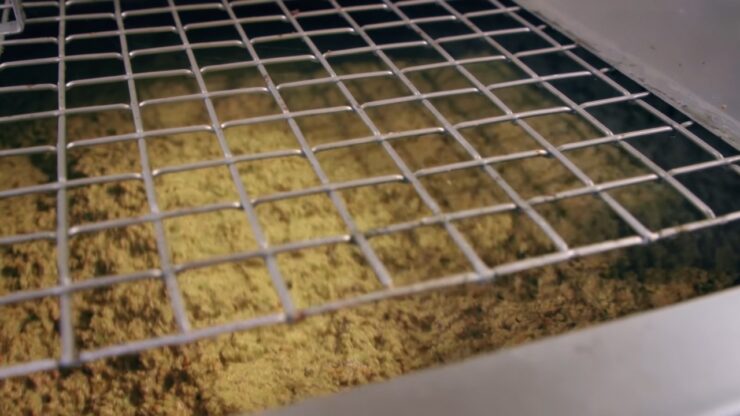
Following crushing, the olive paste undergoes malaxation, a slow mixing process that allows the tiny oil droplets to coalesce into larger ones, making it easier to separate the oil from the water and solids. This step is also where the flavors and aromas start to intensify. Temperature control is crucial during malaxation; too high, and the oil’s sensory attributes could be compromised.
Extraction: Separating Oil from Water
The next phase involves extracting the oil from the paste. There are two main methods: traditional pressing and modern centrifugation.
Pressing uses mechanical pressure to squeeze the oil out, while centrifugation spins the paste, using centrifugal force to separate the oil from the water and solids. Each method has its pros and cons, but centrifugation is more efficient and is widely used in contemporary olive oil production.
Decanting and Filtration: Purity Matters
After extraction, the olive grease may contain small particles and moisture, which can affect its stability and shelf life. Decanting allows it to rest in tanks or containers, where gravity naturally separates the oil from heavier water and particles.
Some producers also use filtration to remove remaining impurities, resulting in a clearer product. However, excessive filtration can strip away flavors and antioxidants, so it’s a step that requires judicious application.
Tasting and Grading: The Experts’ Touch
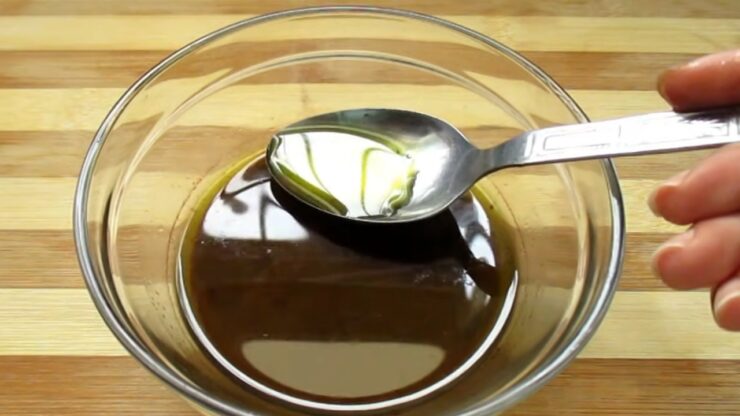
Tasting, or sensory evaluation, is an essential part of the production process. Trained tasters assess the aroma, flavor, and mouthfeel, looking for positive attributes like fruitiness, bitterness, and pungency, as well as defects that could indicate issues during production. Based on these evaluations, olive oils are graded into categories such as extra virgin, virgin, and refined.
Storage and Bottling: Preserving Quality
Proper storage is key to maintaining the quality of this product. The oil should be kept in a cool, dark place, away from direct light and heat, which can accelerate oxidation and spoilage. Many producers use stainless steel tanks filled with inert gas to protect the oil from oxygen.
When it comes to bottling, materials like tinted glass, stainless steel, or tin can provide additional protection against light and oxygen. Moreover, the choice of closure is also vital, with screw caps, cork, and synthetic stoppers being popular for their ability to seal tightly and prevent air from entering the bottle.
Some producers even opt for nitrogen flushing before sealing the bottle, a process that displaces any oxygen present and further extends the shelf life of the olive oil.
Home Production: A DIY Approach
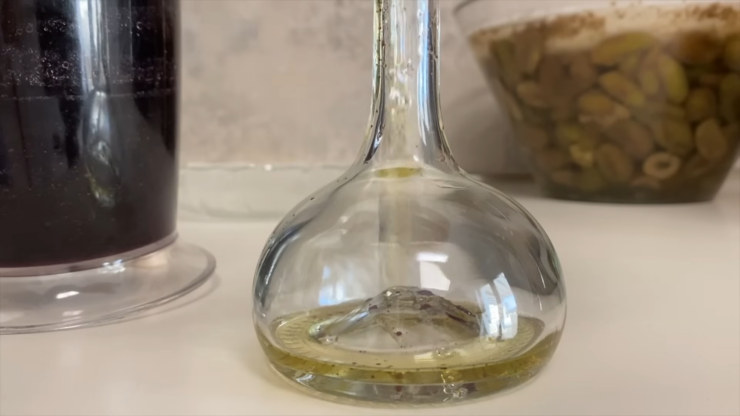
While commercial olive oil production involves sophisticated equipment and large-scale operations, it’s possible to make olive oil at home on a smaller scale. The process involves manually crushing and pressing olives, a challenging but rewarding endeavor. Home producers can use small presses or even DIY methods to extract the oil, although the yield may be lower and the process more labor-intensive than commercial methods.
5 Pro Tips for Aspiring Olive Oil Makers
- Select High-Quality Olives: The quality of your oil heavily depends on the quality of your olives. Choose healthy, fresh olives from a reputable source.
- Harvest Carefully: Handle the olives gently during harvest to prevent bruising, which can lead to oxidation and affect the oil’s taste.
- Mind the Temperature: Throughout the process, keep temperatures low to preserve the oil’s flavors and healthful properties.
- Experiment with Blends: Blending oils from different olive varieties can create unique flavor profiles. Don’t be afraid to experiment.
- Learn from Each Batch: Each batch of olive oil is an opportunity to learn. Take notes on what works and what doesn’t, and adjust your process accordingly.
End Note
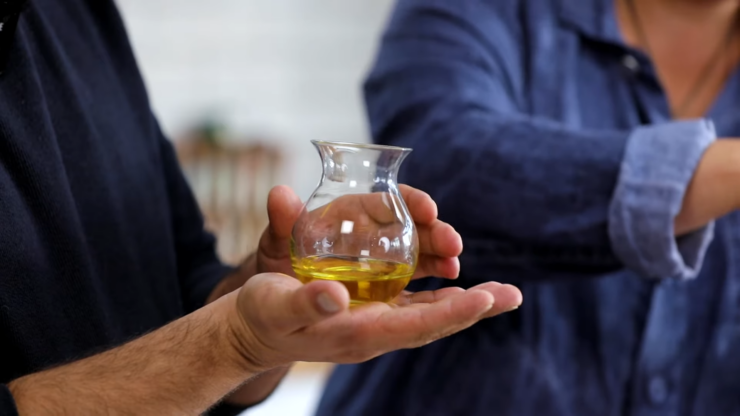
Making olive oil is both an art and a science, blending traditional practices with modern innovations. Whether you’re exploring home production or simply aiming to deepen your appreciation for this ancient food, understanding the journey from olive to oil can enrich your culinary experiences and broaden your knowledge.
With patience, practice, and a passion for quality, you can unlock the full potential of olives and savor the liquid gold that has captivated humans for millennia.
Related Posts:
- How Long Does CBD Oil Stay in Your System? 2024 Tips…
- Wallpapers and Their Role in Interior Design A Guide…
- How to Serve Whisky Like Pro: Step-by-Step Guide
- What Is the Fastest Way to Make Gold in WoW? Tips Inside
- Top 9 Celebrity Traders - Do They Really Make Money?
- Preparing and Passing PTE Academic: Pro Tips for Success

